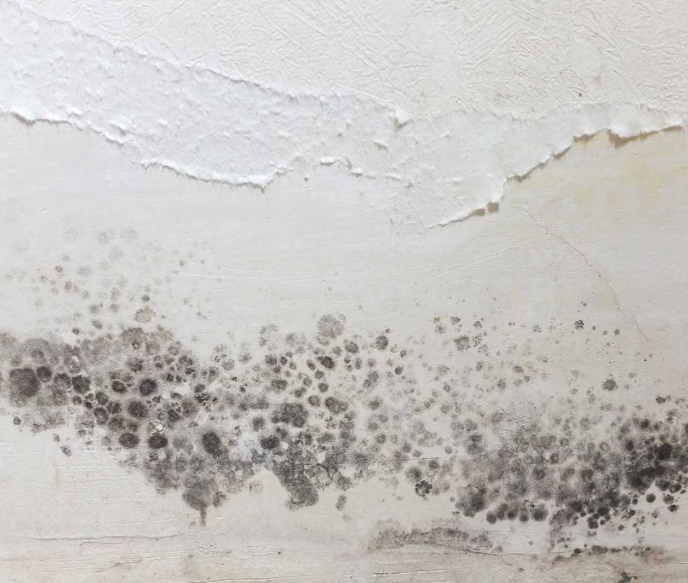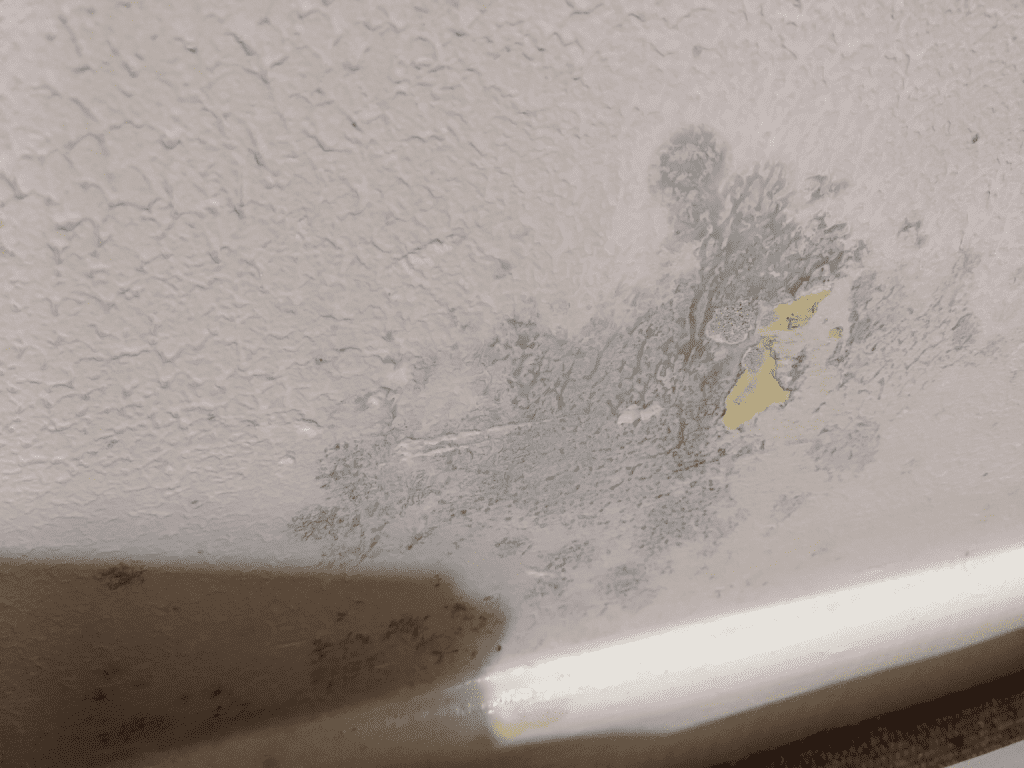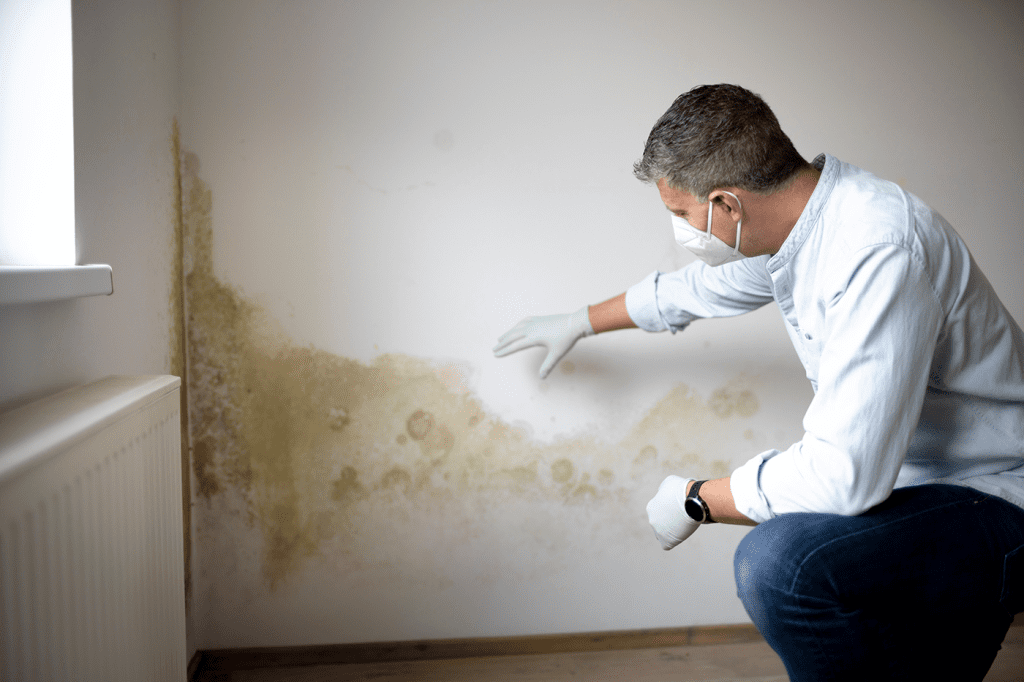Mold on walls is an issue that many households face. Whether it’s in your bathroom, kitchen, or basement, mold thrives in damp and humid conditions, and it doesn’t just look bad—it can lead to health problems like allergies and respiratory issues. Most people tackle mold with harsh chemicals or intense scrubbing, but my nana has a far easier solution. She swears by a simple, nearly effortless trick that can help you remove mold with household ingredients. In this article, we’ll reveal her method and show you how to say goodbye to mold with minimal effort.

Why This DIY Mold Removal Trick is a Game Changer
This mold removal technique stands out for a few reasons. First, it relies on natural ingredients you likely already have at home—no need for expensive, chemical-heavy cleaners. It’s also an eco-friendly solution that’s safe for you, your family, and the environment. Best of all, this method requires little effort, making it perfect for anyone who doesn’t have the time, energy, or physical ability for rigorous scrubbing. It’s proof that sometimes the simplest solutions are the most effective.
Materials You Will Need to Remove Mold from Walls
To get started, you’ll need just a handful of simple items:
- White vinegar
- Baking soda
- A spray bottle
- A microfiber cloth or sponge
- A small bowl
- Water
- Protective gloves (optional but recommended)
These materials are inexpensive and easy to find, making this trick accessible to everyone.
Step-by-Step Guide to Preparing Your Walls for Mold Removal
Before diving into the cleaning process, it’s important to prep your space. Mold can release spores when disturbed, so proper preparation can minimize the risks.
- Ensure Proper Ventilation
Open windows and doors to allow fresh air to circulate while you work. Ventilation helps keep mold spores from settling elsewhere in your home. - Mist the Area with Water
Lightly mist the moldy area with water from a spray bottle. This helps prevent spores from becoming airborne as you clean. - Wear Protective Gear (Optional)
Put on gloves to protect your skin from irritation, especially if you have sensitive skin. If you’re particularly mold-sensitive, consider wearing a face mask to avoid inhaling spores.
Now that your space is ready, it’s time to get rid of that pesky mold.
Applying the Mold Removal Solution
The magic behind this method lies in white vinegar, a natural disinfectant that can break down mold quickly. Here’s how to apply it:
- Mix the Vinegar Solution
In a spray bottle, mix equal parts white vinegar and water. Shake well to combine. - Spray the Moldy Area
Generously spray the vinegar solution directly onto the moldy surface. Let it sit for at least an hour. The vinegar will work to kill the mold at its root. - Use Baking Soda for Stubborn Spots
For tough mold stains, create a baking soda paste by mixing baking soda with a little water in a bowl. Apply this paste to the moldy areas using a microfiber cloth or sponge, allowing it to sit for 15-20 minutes. Baking soda’s abrasiveness helps lift the mold without damaging the wall.
Safety Precautions to Keep in Mind

Even though you’re using natural ingredients, safety is still important. Always work in a well-ventilated area to minimize exposure to mold spores. If you have a history of respiratory issues or severe allergies, take extra precautions by wearing a mask and gloves. And as with any cleaning solution, test it on a small, hidden area first to ensure it doesn’t damage the surface.
How Long Should the Solution Sit?
After spraying the vinegar solution, it’s crucial to give it time to work. Allow the vinegar to sit on the mold for at least an hour. This ensures that it penetrates deep into the mold and kills it completely. For the baking soda paste, let it rest for about 15-20 minutes. This will soften the mold, making it easier to remove with minimal scrubbing.
Wiping Down and Finishing Touches
Once the vinegar and baking soda have had time to do their job, it’s time to wipe down the area.

- Gently Scrub the Mold
Use a clean microfiber cloth or sponge to scrub the mold away. You don’t need to use much force—by now, the mold should be easy to lift. Rinse the cloth or sponge regularly to avoid spreading mold around. - Clean the Area Thoroughly
After removing the mold, wipe the area with a damp cloth to get rid of any remaining vinegar, baking soda, or mold residue. For a streak-free finish, you can use a glass cleaner or simply rinse the area with warm water.
Preventative Measures to Stop Mold from Returning
Removing mold is only half the battle—keeping it away is key. Mold thrives in damp environments, so reducing moisture is crucial. Here are some simple ways to prevent mold from returning:
- Keep Your Home Ventilated
Regularly open windows or use exhaust fans, especially in moisture-prone areas like bathrooms and kitchens. - Use a Dehumidifier
If humidity is a problem in your home, a dehumidifier can help keep moisture levels in check. - Clean and Dry Regularly
Wipe down damp areas frequently and ensure that any spills are cleaned up immediately. - Consider Mold-Resistant Paint
If you’re redecorating, opt for mold-resistant paint, which can provide an extra layer of protection for your walls.
Conclusion: Effortless Mold-Free Walls with Nana’s Trusted Trick
Mold on walls doesn’t have to be a stubborn, time-consuming problem. With my nana’s simple trick, you can tackle it with almost zero effort. By using household ingredients like white vinegar and baking soda, you can safely and effectively remove mold without resorting to harsh chemicals or excessive scrubbing. This method is not only budget-friendly but also eco-friendly, offering a safe alternative for both you and your home. With a little preventative care, you can ensure that your walls remain mold-free for the long haul. Give it a try, and discover just how easy mold removal can be!


